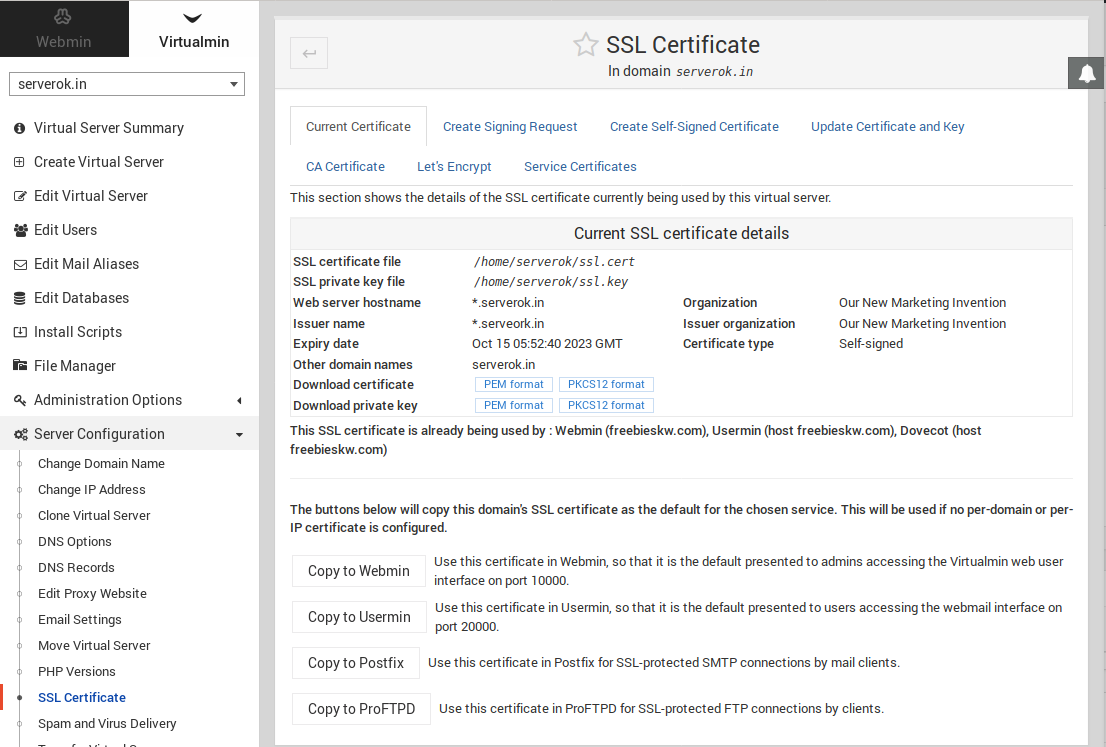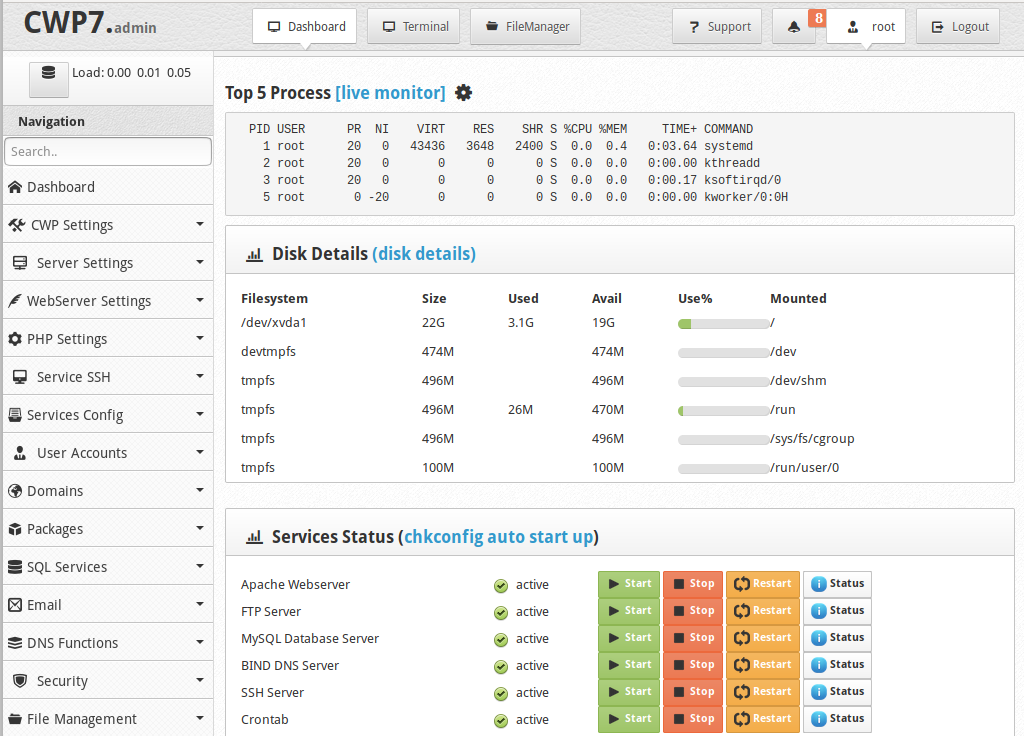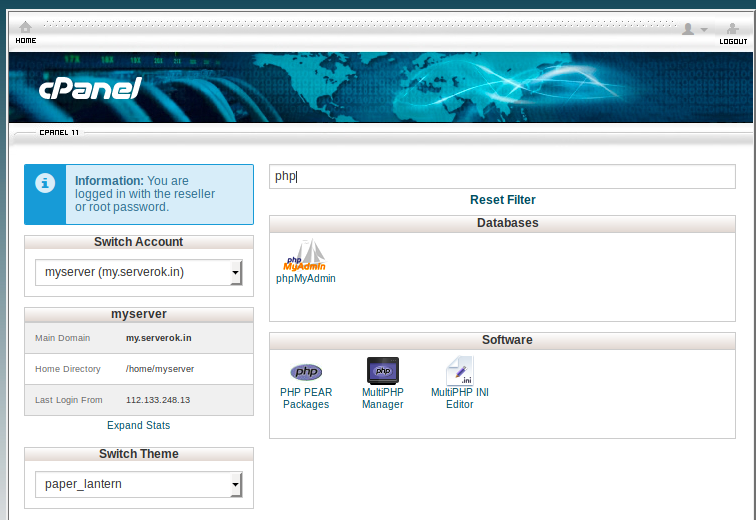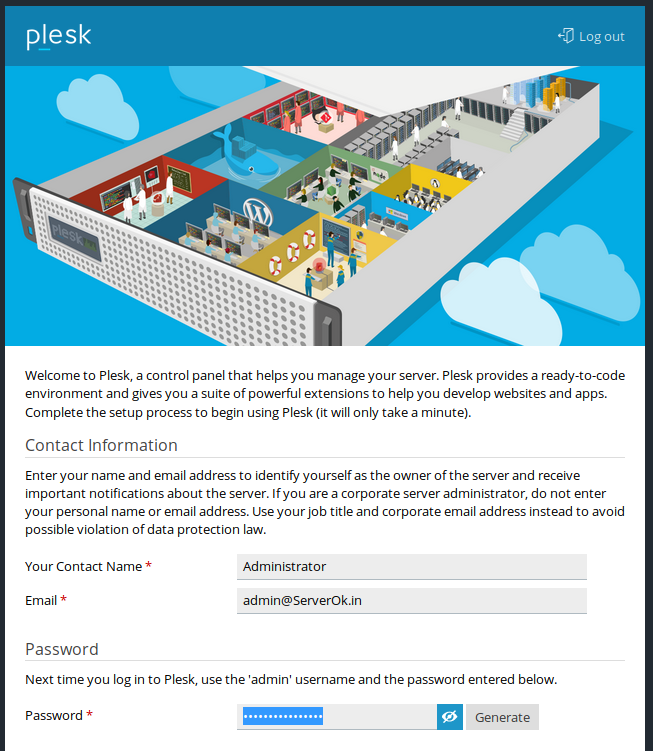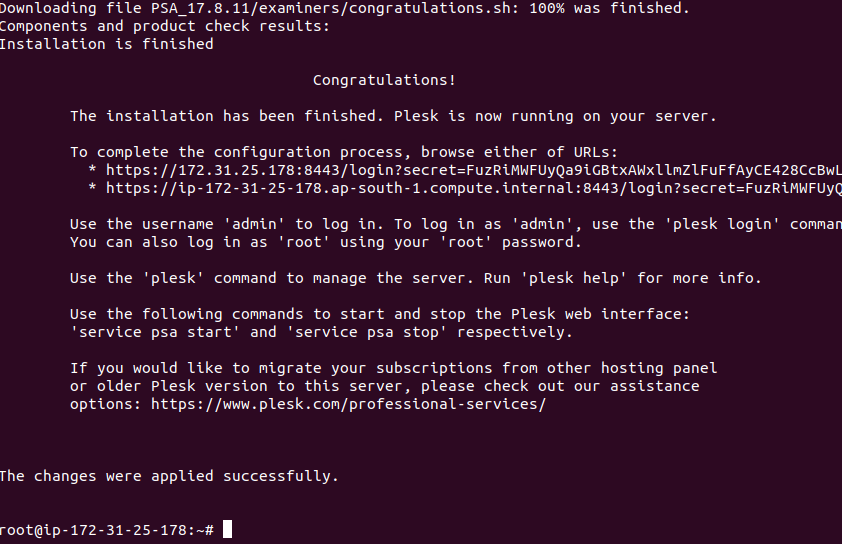To install Redis from the source, run
cd /usr/local/src
wget http://download.redis.io/redis-stable.tar.gz
tar xvzf redis-stable.tar.gz
cd redis-stable
make
make installCopy config file
mkdir /etc/redis/
cp /usr/local/src/redis-stable/redis.conf /etc/redis/Create redis user
groupadd -r redis
useradd -r -g redis -s /sbin/nologin -d /var/lib/redis -c "redis Daemons" redisCreate directory
mkdir /var/lib/redis
chown redis:redis /var/lib/redis
chmod 770 /var/lib/redisSet data directory
vi /etc/redis/redis.confFind
dir ./Replace with
dir /var/lib/redisCreate service file
vi /usr/lib/systemd/system/redis.serviceAdd the following content to the file
[Unit]
Description=Redis persistent key-value database
After=syslog.target
[Service]
ExecStart=/usr/local/bin/redis-server /etc/redis/redis.conf
RestartSec=5s
Restart=on-success
User=redis
Group=redis
[Install]
WantedBy=multi-user.targetEnable and start Redis
systemctl enable redis
systemctl start redisTo find Redis version, run
redis-server --versionTo monitor Redis, you can use redis-cli
Back to redis


